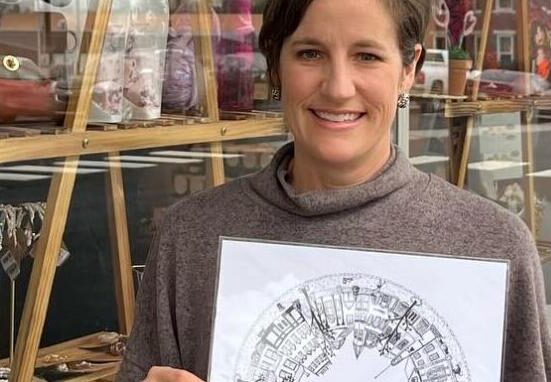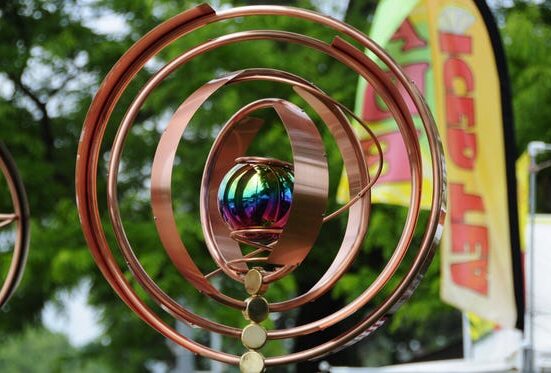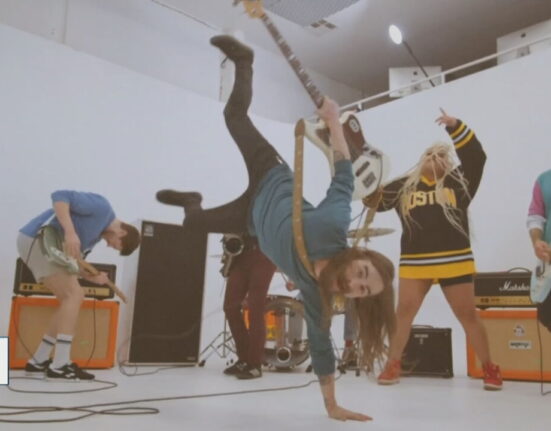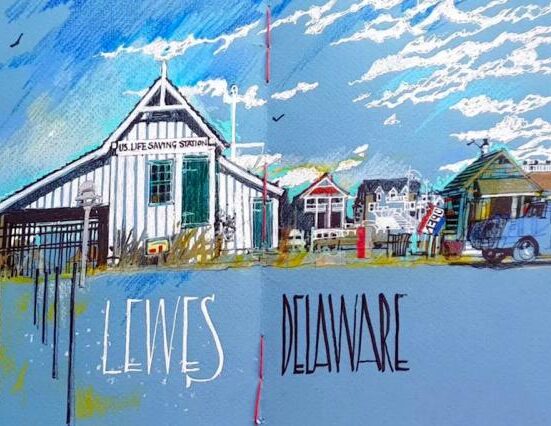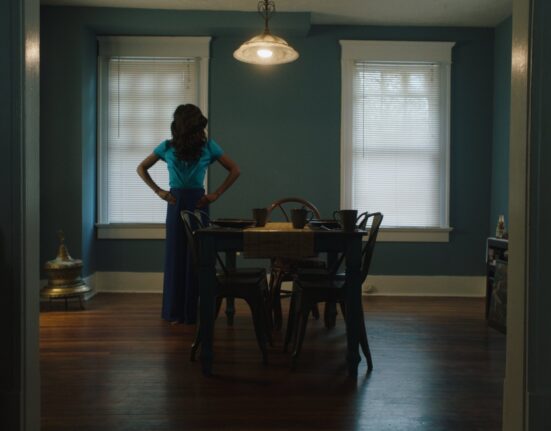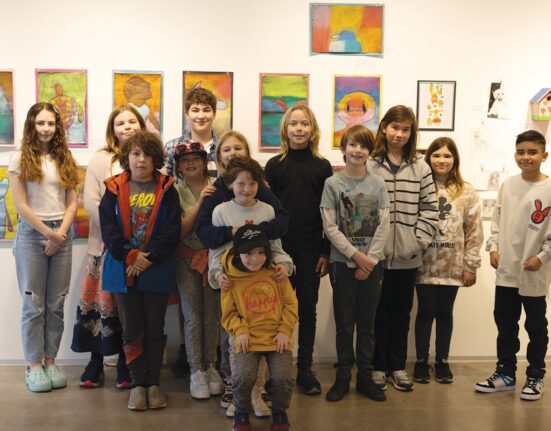Poet and artist Lora Mathis on the importance of building momentum, bending the process, and tuning into silence when necessary.
To prepare for this interview I spent time with your newsletter, The Clearing, because it has so many insights on how to sustain a creative life. In “How to Write a Poem,” you write, “Create habits. Write every day for an hour, write for five minutes when you wake up, write a two-line poem while you stand in line. Stick to them for a month, bend them when they become too stiff.” How do you know for yourself that it’s time to form a habit? Or how do you know when it’s time to break a habit?
I think the transition being a clear one is idealistic for me. Maybe it feels good to write down that I can bend it, because I offer myself autonomy. The reality is that they’re always going to be bent just by life and the seasons kind of changing internally.
But I would say that I know it’s time for a habit when I’m starting to feel lost and I don’t know where I’m going. I think that habit can be really useful, with discipline in life in general, but also creatively. I think it’s helpful to force yourself to write and to make, even if it can be a tedious process at times. Usually, my habits have been based on what life was asking, where my time is being demanded. And sometimes that has a heavy focus on creative projects and sometimes it doesn’t. The habits speak to that.
I’ve been trying to write fiction and so the whole “write for an hour in the morning” has been part of that attempt. I was on that for a while because of traveling and going in different directions, and so it’s a little funny to hear this right as I’m in this period of trying to build new habits and wake up early and set an alarm and then write in the morning. I would like to believe that I can get to that place in a truly smooth way, but a lot of times it comes from feeling at a loss for what’s next or if things haven’t been coming easy.
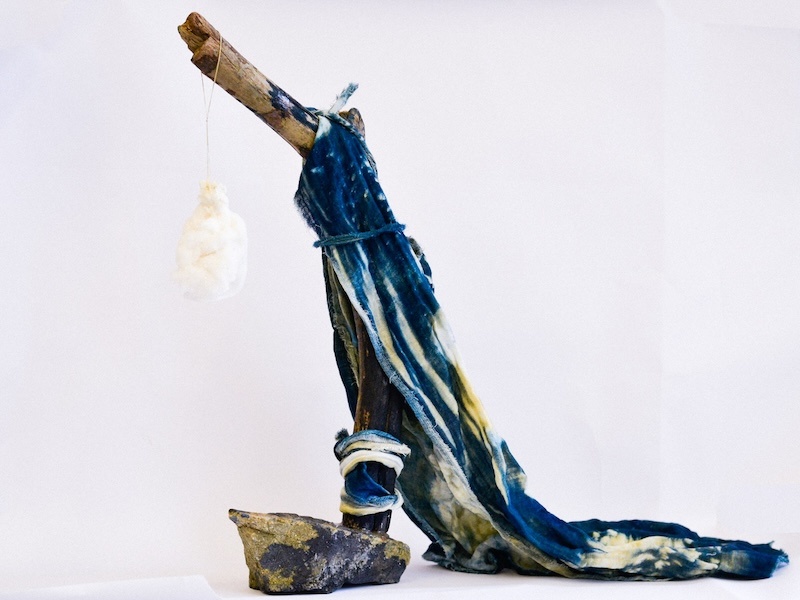
Salt Piece
How do you balance enduring discomfort with acknowledging the need to change things up?
Sometimes it really helps to just create a deadline. I don’t think a lot of things I’ve made would’ve gotten done if I hadn’t either been forced into a deadline or created one. Going back to school at a later age and being forced to bring my creative practice into a school structure made me have to adhere to deadlines.
I enjoy the distraction and the floatiness of the creative process, and I also recognize the importance of creating containers for that to exist in. I think that habits and deadlines, and disciplined structures, those are really helpful for just creating space for creativity to come in because when it’s totally wide open, I think it’s a little counterintuitive. One would think when it’s wide open, that’s when you’re really creative but I think for me, that can be when a lot of anxiety comes in or a lot of internal pressure. If I have all this totally wide-open space and I don’t know exactly what I want, then I feel stressed out like, why am I not creating stuff?
It’s one thing to create a habit, it’s another thing to create the intention for a habit. I would say I create the intention for a habit a lot more than I actually make the habit. It hasn’t been a year of writing every single morning, there’s just been that intention that I keep coming back to.
The structures, there’s already a discomfort in them because they can be so rigid. That discomfort in the rigidity also helps me or helps silence a bit my own internal discomfort with the pressure to create or ideas about whether something is good. A lot of the negative self-talk can come in, I think, if I am given a lot of open space. They come either way, but certainly when there’s a lot of space, they run on in.
It’s almost like displacing the discomfort, if the discomfort’s coming not from the internal monologue going, “What are you doing?” but rather going, “You are running out of time, the deadline is this day.”
Yeah. There’s something helpful about quieting yourself. Maybe this is a procrastination thing or whatever, but there’s something to that: it’s the urgency. I’m not an advocate for urgency, but I do think that there’s something to these kinds of things that silence the discomfort and get us out of ourselves. I would like to believe that we can get out of ourselves in many different ways, but it also certainly works to feel this pressure to make something whether or not you’re sure it’s going to be good.
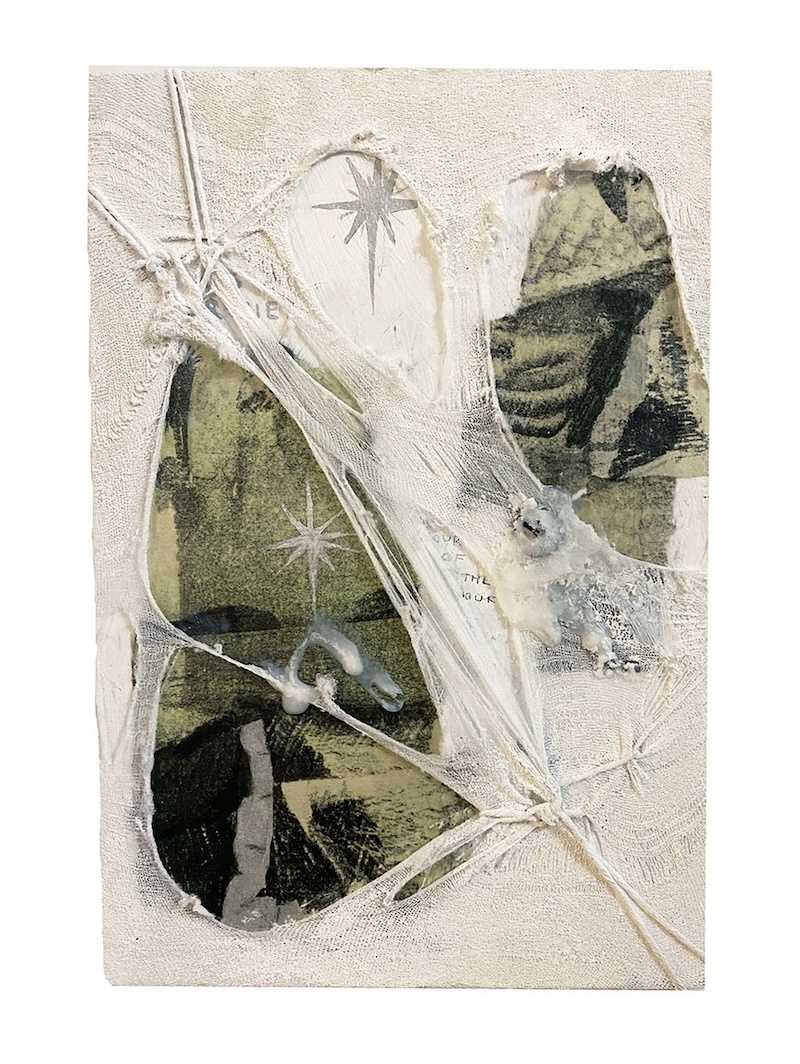
Star’s Hour
You work in a lot of different mediums—from photography to illustration to performance, and more recently, sculpture. What is your relationship to giving yourself permission, especially when it comes to changing materials or roles.
It doesn’t come easy for me. It’s wonderful when I’m in the flow of it and can enjoy it. What gets in the way of that is the fear and negative self-talk and the insecurity. The more time I spend thinking about things, the more those thoughts grow.
In terms of giving myself permission or trying to work through that, that seems like a thinking process to me and sometimes that happens in more like the private space of a journal or even in conversations with friends. I guess what I was saying about the structures too, I think it ties to this, but it’s good to get outside of thinking sometimes. I would say that as much as thinking aids me, it also gets in my way of actually making things. Sometimes it’s good to just be in the unknown.
I think creating things, no matter what medium, can be a practice of that. There are certain processes I do that lend themselves to the unknowing more. Poetry lends itself to that a lot more than non-fiction writing does; with a researched essay I kind of need to know where I’m going, but in a poem I don’t. And in a sculpture, I would like to know where I’m going, but a lot of times I don’t. A lot of times it’s a process of failure and mistakes.
At the end, I can look at what was made and say, “Okay, now I see all these influences that I had or that I wanted to bring into the work at the beginning. I didn’t know really where they went, but okay, I can see that they’re there.” Getting outside of thinking and just beginning is really helpful because there’s a momentum that can build on itself when you start making, and I find that works for me in every medium. But I also find it very challenging to get started at times. We want to believe we’re in control or that we can create the greatest work, but a lot of times we get in the way of ourselves.
In your newsletter, you’ve written, “Perhaps this part of myself that defiantly says, ‘I’m not sure I want to be an artist,’ and then when beginning to work on a project thinks there is no other life for me, really needs is reassurance. Reassurance through rest, slowness, and the recognition that growth, even if it leads to exciting new directions, can carry a lot of fear with it.” I wonder if you could talk more about how you wade through periods of growth and fear and what rest looks like for you.
I’m in another one of those periods, and it seems to correspond with winter in that it always feels like it’s a new thought, but it makes me laugh how many times I have written down that I want to quit as an artist and it feels like it’s this really deep grappling that I’m going through. There’s something humorous about finding those words written over and over again across years.
I’m realizing, being in this period of wanting to retreat and go inward, just how important it is to honor the seasons of my own life and be attuned to them and try to accept them because they’re here whether or not I do. I think a reoccurring season is the desire to be in silence and go inward. For me, that means really shrinking the inputs that I have. Practically speaking, it means spending a good amount of time, whatever that means, maybe it’s two weeks or a month or three months, off social media and being really intentional about what music I’m listening to or what I am taking in.
Being in that period where the inputs are shrunk means that there’s a lot more room for me to be in my internal world and to listen to what’s going on there. But it seems like it’s this continual process of feeling totally lost and just wanting to retreat and feeling this real desire to go inward and kind of resisting that and then getting to a point of being like, “No, I need that.” When I accept it and really build room for silence in my life, that’s where the best work comes from. And then that’s often where I find myself making connections or following symbols or building on certain interests, too.
You’ve written, thinking on the question “How do you make a book?”: “You walk, you recite poems to yourself, you edit, you recite poems into microphones and change the words to your poems in the middle of them […] You drive down the one alone, hang off a chain link fence and speak to cows.” Going for a walk, speaking to cows, these are valid parts of writing a book, as necessary as sitting before an open document, but it’s not obvious. That it is necessary but not obvious might be connected to the idea of needing reassurance and rest, but I wonder what you think.
I believe it’s connected in the sense that if I want my artwork and whatever creative output I have to grow and deepen, then I have to be willing to do those things too because the work is not separate from the details of my life. Being in that process of deepening, I guess, is as much the work deepening; it’s a reflection of that.
These things which seem very small like taking a walk or going on a drive or talking to cows, those things can seem really insignificant. But I think actually it’s a way of being in one’s own internal world and really deepening into that and leaving a lot of space, I don’t know, for the external to come in or just to be open and receptive to it, I think that’s really important. Those things get disregarded easily, at least in my own life. I can think, “I don’t need to go on a walk every day or I don’t need to do these things which feel really small,” but I think that’s what the work is built out of so it’s important to tend to them.
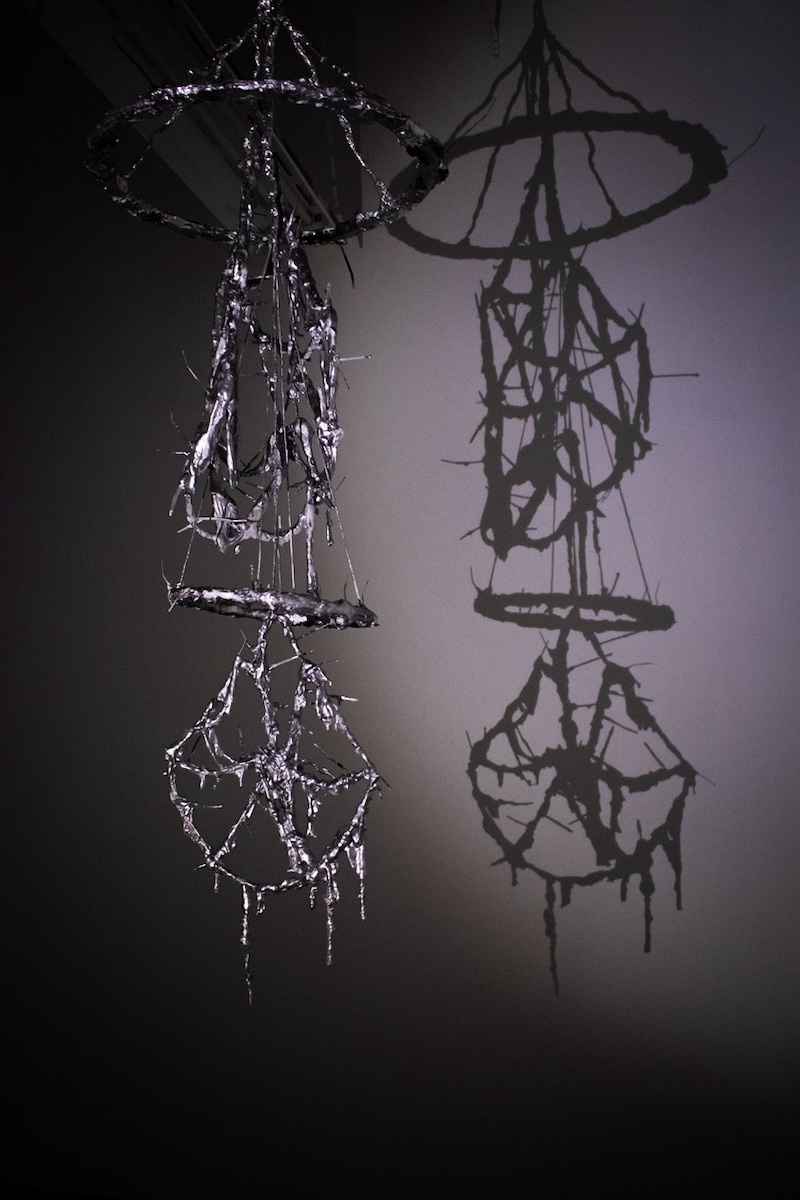
Defensive Nature
Two words I’ve seen explored in your art are to “keep moving”. Do you remember how that phrase surfaced for you?
I do value sitting still as much. It’s kind of a balancing act, right? If you go too far in one direction, sometimes it’s helpful if you’re moving, to stop and look around and sit still for a bit. But I think that this helps you make some connections: when you move, you build momentum. That momentum is a helpful guide. It’s hard to be in a place where you’re like, “I want to make something, but I don’t know what to make.” When I’m in that place, it feels like a very stagnant place to be in because I’ve kind of let go of momentum or lost the path. I don’t know which way to go next. And it’s really helpful to go any way. Any way is fine, any way it’s fine. It’s just good to move.
There is this quote by Rumi that I really love: “As you start to walk on the way, the way appears.” I think we believe that there’s one way and thinking can get in the way of that, and we can obsess, thinking is this the right way or is this the wrong way? What’s funny is that any way is good because they all lead you somewhere. It’s good to go, to follow something, to build that momentum, and see what you find there.
Lora Mathis Recommends:
Having periods where you reduce your inputs—going offline, and curating what you read and watch.
Fostering relationships with people you admire. Collaborating with them, going on walks, talking about creative process, finding a pen pal in a peer whose work you enjoy.
Starting even if you don’t quite know where you’re going.
Creating a visual and symbolic library you can refer to by collaging, saving images on your computer, starting a secret blog, drawing the same things in your journal.
Planning enough to make room for luck, but walking with questions.


